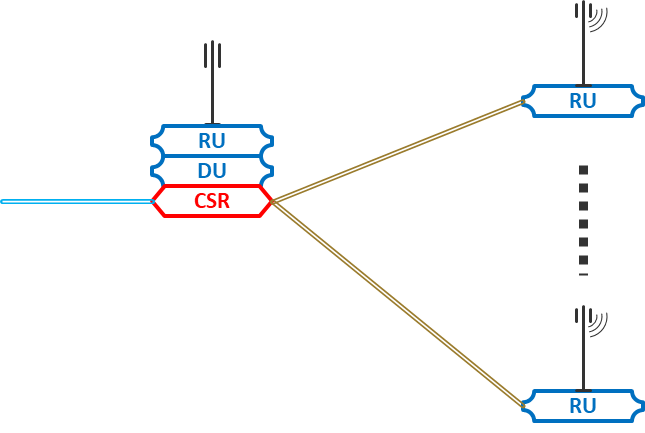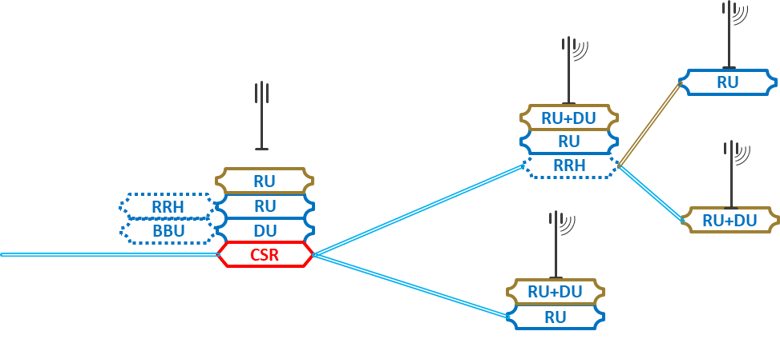|
|
In our previous post, we discussed fronthaul and its growing presence and importance in 5G networks.
We understood that the basic driver behind fronthaul is making network densification more cost-efficient by utilizing lower-cost remote radios. We also realized that the main requirements from fronthaul transmission are higher capacity and lower latency.
In practice, things are a bit more complicated than that.
For instance, the drive towards fronthaul is not only lower-cost radio units, but also better coordination between adjacent radios in order to improve performance at the cell edges.
And when it come to planning and implementing fronthaul transmission, the considerations are wider than just “how much capacity?” is needed.
Let’s dive a bit into planning fronthaul transmission…
There are multiple parameters that we need to consider when planning a transmission link that will carry fronthaul traffic:
- Mobile generations: Will the remote site accommodate a single technology or multiple technologies? Namely, will this be a 5G-only site, a 4G-only site, or a site that combines 5G and 4G (and perhaps, though not likely, even earlier generations)?
- RAN bands: What are the bands that will be used for 5G in the remote site (e.g. a sub-6GHz band, a mmW band, or a combination of the two)?
- RAN channel size: What is the channel size used by the remote radio (e.g. 20MHz, 100MHz, 400MHz etc.)?
- Hauling mixture: Will there be only 1 type of hauling traffic, or will there be a mixture of traffic types (e.g. 5G fronthaul, 5G midhaul, 4G fronthaul, or any combination of these)?
- Client interfaces and switching: What are the interfaces in the remote unit and in the aggregation unit (Ethernet, CPRI, etc.) and will switching be required?
- Hops: Should the fronthaul traffic be carried over a single hop, or are there additional traffic-aggregation hops that will accommodate fronthaul traffic from multiple sources?
- Distance: What is the physical distance of the remote site from the aggregation/central site, i.e. what is the physical length of the fronthaul link?
As you can imagine, the number of combinations of the above mentioned parameters are, practically, endless. The number of common scenarios, however, is much lower.
These scenarios will range from the simple architecture to the more complex architecture illustrated below:
Simple architecture

In this simple scenario, a single DU handles multiple RUs, which are located in different sites (1 per site) with a single generation (5G), a single band (sub-6GHz), a single interface (Ethernet) and a single hop.
More complex architecture

In this more complex scenario, we have a mixture of technologies (5G and 4G), a mixture of hauling types (5G fronthaul, 5G midhaul and 4G fronthaul), multiple hops and multiple bands (including millimeter wave 5G).
Though both architectures fit under the “fronthaul transmission” title, each will have different requirements and will call for a different solution.
Sizing these requirements, and selecting a fronthaul transport solution that will fit the different requirements and allow the required flexibility in deploying and developing 5G networks and services, are no small tasks. Indeed, these tasks require both attention and effort in the early stages of 5G network planning.
To learn more


